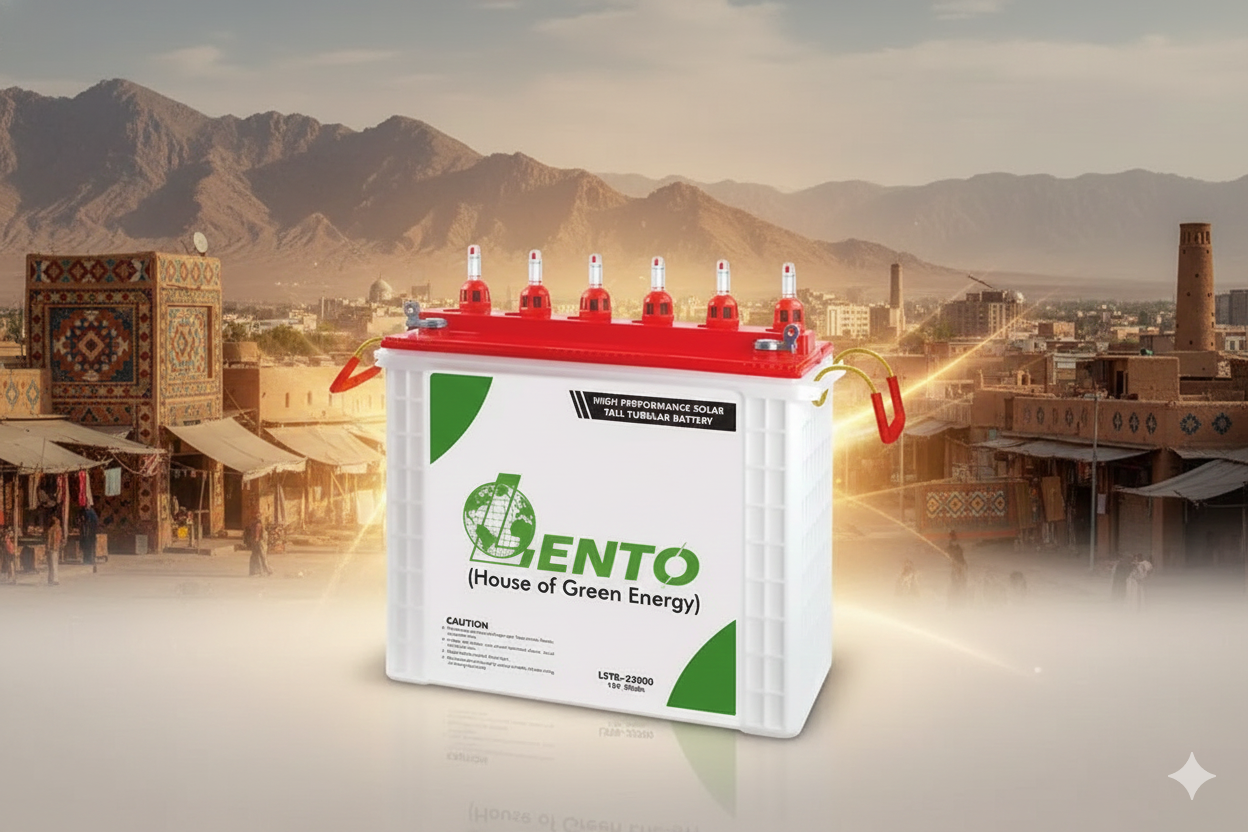
Can I Drain My Lead Acid Battery and Replace It with New Acid? A 2026 Guide
04 December 2025
If you’ve ever dealt with a lead-acid battery for your UPS or solar system, you may have wondered: “Can I drain the old acid and refill it with new acid to restore battery performance?” As a solar products manufacturer, I hear this question frequently from both end customers and business owners looking for cost-effective solutions.
In this guide, I will explain why simply replacing battery acid is not a recommended practice, the science behind battery chemistry, and how you can maintain or replace your batteries safely. As an online UPS manufacturer, online UPS supplier, and online UPS trader, I’ll also share professional insights to help you extend battery life while ensuring safety and reliability.
Understanding Lead-Acid Batteries
Before exploring acid replacement, it’s important to understand how lead-acid batteries work.
1. Battery Chemistry Basics
A lead-acid battery consists of:
-
Lead plates (positive and negative)
-
Electrolyte solution (sulfuric acid mixed with water)
-
Separators to prevent short circuits
When the battery discharges, a chemical reaction between lead plates and sulfuric acid generates electricity. During charging, this reaction reverses.
2. Why Batteries Lose Capacity
Over time, lead-acid batteries lose their efficiency due to:
-
Sulfation: Lead sulfate crystals form on the plates and reduce surface area
-
Corrosion: Positive plates corrode, weakening battery performance
-
Electrolyte degradation: Acid concentration decreases naturally over time
Understanding these mechanisms is key to why simply replacing the acid isn’t effective.
Can You Drain and Replace Battery Acid?
The short answer: It’s not recommended. Here’s why:
1. Sulfation Damage
Even if you replace the old acid, sulfated lead plates remain damaged. Replacing acid does not reverse sulfation, meaning the battery’s capacity and lifespan remain compromised.
2. Safety Hazards
Handling concentrated sulfuric acid is dangerous:
-
Can cause severe burns if spilled
-
Emits harmful fumes
-
Requires specialized containers and protective equipment
DIY acid replacement is risky and can result in injury or property damage.
3. Manufacturer Guidelines
As a tubular battery, solar inverter, online UPS, and EV charger manufacturer, we always recommend following manufacturer maintenance guidelines. Most battery warranties are voided if improper acid replacement is attempted.
Proper Maintenance of Lead-Acid Batteries
Rather than replacing acid, focus on these safe practices:
1. Regular Water Top-Up
-
Use distilled water to maintain electrolyte levels
-
Avoid overfilling as it can spill during charging
2. Keep Terminals Clean
-
Corrosion on terminals increases resistance and reduces efficiency
-
Clean with a baking soda solution and ensure tight connections
3. Avoid Deep Discharges
-
Frequent deep discharges shorten battery life
-
Maintain charge above 50% for tubular batteries to ensure longevity
4. Proper Charging
-
Use a high-quality charger or UPS from a trusted online UPS manufacturer or supplier
-
Avoid overcharging or undercharging to prevent acid stratification
When to Replace the Battery
Sometimes, despite proper maintenance, a battery may no longer perform effectively. Signs that replacement is necessary:
-
Reduced backup time even after full charging
-
Bulging, cracked, or leaking battery casing
-
Visible corrosion that cannot be cleaned
-
Rapid voltage drop under load
Replacing the entire battery with a new one ensures safety, reliability, and optimal performance. As an online UPS trader, I always recommend investing in genuine, high-quality batteries from trusted manufacturers rather than attempting acid replacement.
Tips for Choosing Replacement Batteries
When replacing batteries, consider the following factors:
-
Battery Type: Tubular batteries are ideal for solar and UPS systems due to durability. Lithium-ion batteries are efficient but costlier.
-
Capacity: Ensure the battery matches your UPS or solar system load requirements.
-
Brand Reliability: Purchase from a trusted tubular battery manufacturer, supplier, and exporter to ensure warranty support.
Integrating New Batteries with UPS and Solar Systems
A properly sized battery ensures seamless performance with your UPS and solar setup:
-
Series and Parallel Configuration: Connect batteries to match voltage and capacity requirements.
-
Hybrid Systems: Combine batteries with solar inverters to optimize energy usage.
-
Smart Monitoring: Modern UPS and solar systems can monitor battery health and alert you to potential issues before they become critical.
Conclusion
Replacing the acid in a lead-acid battery is not a safe or effective method to restore battery life. Proper maintenance, timely replacement, and using high-quality batteries are the best ways to ensure reliable UPS and solar backup. As a solar products manufacturer, we provide complete solutions including tubular batteries, solar inverters, online UPS systems, EV chargers, and lithium-ion batteries, offering reliable backup power for homes, businesses, and industries.